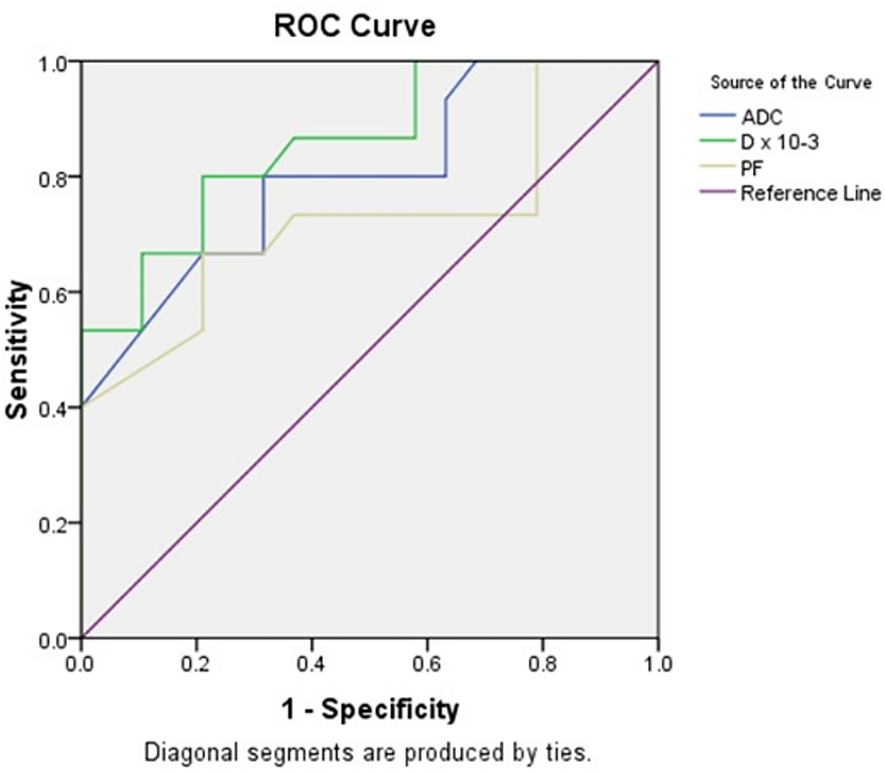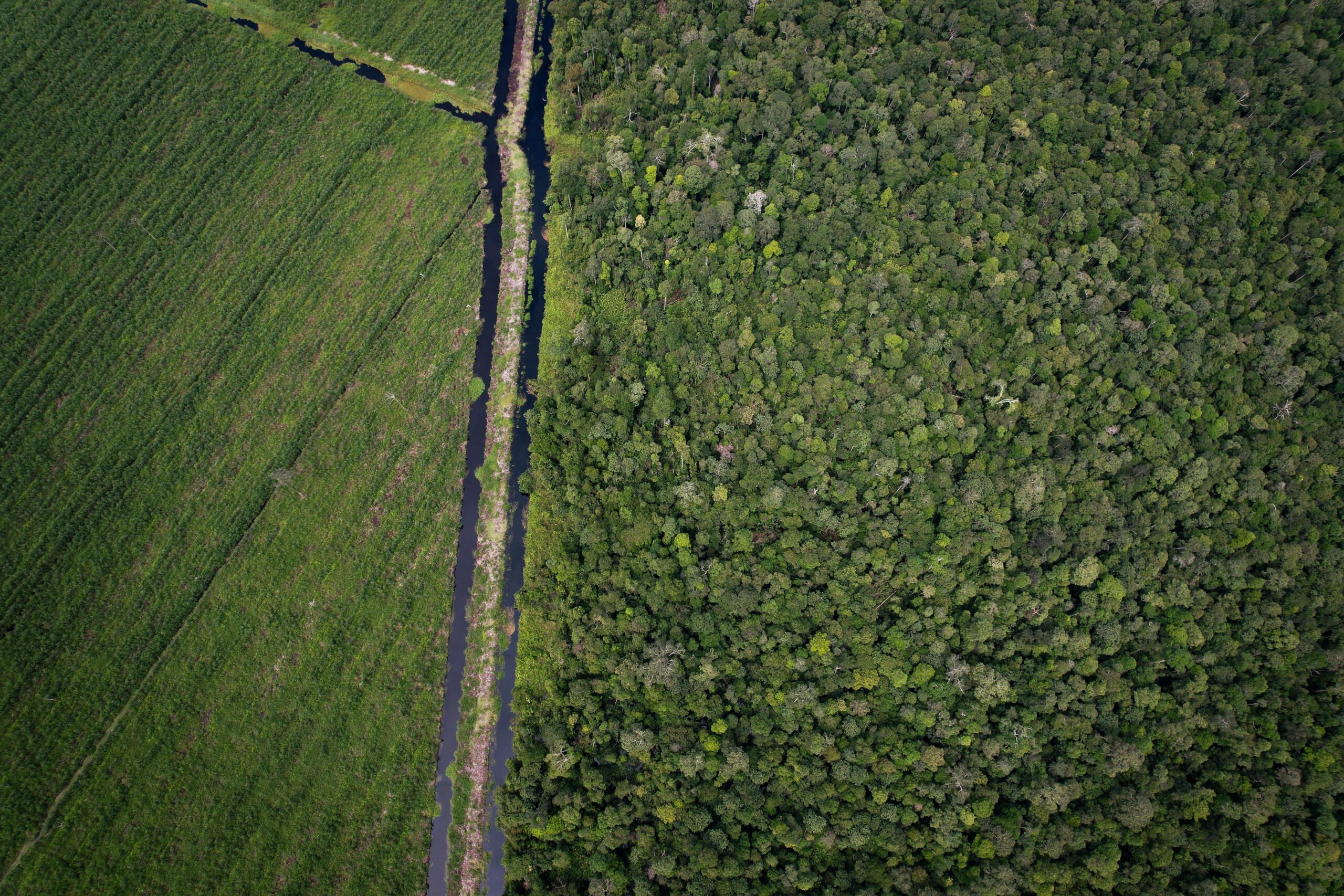This study was conducted with the objective of comparing image quality and radiation dose between 100 and 120 kVp CT coronary angiography. It is important to reduce the tube potential to minimize the dose administered to the patient because increasing the dose may cause several biological effects [9, 10]. However, low tube voltage increases image noise; thus, in the present study, participants with low and normal BMIs were scanned at 100 kVp and those with higher BMIs at 120 kVp to reduce image noise. Therefore, by conducting a thorough analysis and comparing our findings with other studies, we aimed to optimize the CT protocols to get optimum image quality with a reduced radiation dosage.
MDCTA has a high diagnostic accuracy, although radiation dose remains an important concern, so it is necessary to optimize the dose [9, 10]. In the current study, the effective dose, DLP, and CTDIvol were evaluated, and a significant variation was found in the comparative evaluation of radiation dosage with different tube voltage settings. When the tube potential was reduced from 120 to 100 kVp, 39% decrease in the radiation dosage was observed while maintaining the optimal image quality. Various studies have reported a reduction of radiation dose up to 52%, maintaining good image quality when kVp was reduced from 120 to 100 kVp [10]. The variation in the dose reduction in the previous studies and the present study might be because of the type of cardiac gating and the scan length [2, 9, 10]. Since most of the studies were performed using prospective gating, however, in the current study, retrospective gating was used. Typically, retrospective gating results in a higher radiation dose because of continuous exposure compared to prospective gating. Therefore, the type of ECG gating is one of the factors influencing dose reduction [13]. The present study was conducted by reducing the kVp based on BMI. This study demonstrates that even with retrospective ECG gating, which generally associated with higher radiation exposure, substantial dose reduction can be achieved through voltage optimization, making it valuable in settings where prospective gating is not feasible.
Image quality was assessed both quantitatively and qualitatively. Quantitative assessment revealed significant variations in image quality metrics across different voltage settings. Changes in the CNR and SNR were detected, indicating a substantial impact of voltage modulation on image acquisition. These findings align with those of previous studies, which reported slight reductions in the CNR with alterations in voltage settings and by adjusting the amount of mAs to different R-R intervals [2, 10]. Most of the coronary angiography requires 70–75% and 40–45% R-R intervals to get motion-free images. Low mAs can be used for 0–30 and 80–100 cycles, which will help to reduce the dose further. The present study showed a substantial decrease in the CNR and SNR at 120 kVp compared to previous studies. While previous studies suggested reductions of approximately 10–12% in CNR, our findings indicated a reduction of approximately 30%, which could be attributed to reconstruction techniques. The findings suggest that the tube voltage selection can improve specific image quality metrics [2, 9, 10]. Comparing the Hounsfield Unit (HU) readings at 100 kVp and 120 kVp settings provides intriguing information on the density properties of various tissues. We found that after switching from 100 to 120 kVp, HU values decreased consistently across the ROIs placed on various arteries (Ao, LM, LAD, LCX, and RCA). These findings suggest that higher tissue attenuation at lower tube potentials leads to higher HU values, resulting in improved image contrast. [9]
The increase in tissue density can impact the analysis of coronary plaques. Higher Hounsfield Unit (HU) values enhance the differentiation between the lumen of the coronary vessels and nearby structures, improving the visibility of both calcified and non-calcified plaques [16, 17]. When using lower kilovolt peak (kVp) settings, the HU values of intravascular contrast and surrounding plaques can rise, which may lead to an overestimation of calcified plaques and an underestimation of low-attenuation, lipid-rich plaques [18]. Studies by Takagi et al. [19] and Maffei et al. [20] indicate that higher vessel attenuation can change plaque classification, highlighting the necessity of adjusting interpretation thresholds in low-kVp imaging methods.
In addition to the CNR and SNR, noise levels are important in determining CT image quality. Our analysis indicated consistent decreases in noise across various ROIs when a higher tube voltage of 120 kVp was used [9, 10]. The observed percentage decreases in noise ranged from approximately 14.17% to 25.53%, suggesting a reduction in background noise with higher voltage settings. Our findings align with the observations of Ripsweiden et al. and Wang et al., who stated that there is an increase in image noise with decreasing tube potential to 100 kVp [2, 10]. Even though the noise levels were higher at 100kVp, the increase in HU improved vessel delineation; SNR and CNR remained significantly better ensuring that diagnostic confidence was not compromised.
Lower tube voltage protocols can increase image noise, but this can be mitigated using iterative reconstruction (IR) algorithms such as adaptive statistical iterative reconstruction (ASIR), model-based iterative reconstruction (MBIR), and sinogram-affirmed iterative reconstruction (SAFIRE) [21, 22]. These algorithms enhance the image acquisition process by reducing noise while preserving edge detail, improving CNR and SNR at lower kilovolt peak (kVp) settings. Research shows that IR can maintain diagnostic quality at 80–100 kVp while cutting radiation dose by up to 50% [23]. Although our study used standard reconstruction methods, incorporating IR or precise imaging in future protocols could further reduce noise in 100 kVp imaging, particularly for patients with slightly elevated body mass index (BMI).
Various studies have reported an increase in HU values with low tube voltage, and the noise can be reduced by using various reconstruction algorithms [9].
Alongside quantitative metrics, qualitative image assessment played a vital role in our study, as radiologists depend on qualitative assessment of images while reporting. Image quality was assessed for both 100 kVp and 120 kVp. Interreader agreement analysis demonstrated substantial concordance between observers, displaying the reliability of our qualitative interpretation. Radiologists used specific parameters, such as the delineation of the main coronary arteries as a sharp interface between the luminal contrast and wall, which helps them to identify several focal plaques and wall thickening, too. Many a time, distal contrast opacification and contrast delineation are challenging in the evaluation of pathology. Good agreement was found between the two readers, which states that the overall image quality was maintained, even though when the kVp was reduced, the optimum diagnostic image quality was maintained throughout. This robust agreement highlights the consistency and reproducibility of our qualitative assessments, which are essential for clinical decision-making. The findings of the present study can be used to tailor the protocol for coronary angiography based on BMI and reduce the exposure factor while maintaining good image quality, which will enhance patient care. Although the study was conducted in a single center, the protocol can be adapted broadly as BMI-based voltage adjustment is vendor-neutral and widely applicable.
Limitation
The study has several limitations. First, data were collected from a single center with a relatively small sample size, which may affect the generalizability of the findings. Second, retrospective ECG gating was employed, typically resulting in higher radiation exposure compared to prospective gating. As a result, our findings may not be directly comparable to studies that exclusively use prospective gating techniques. Additionally, while the selection of tube voltage based on BMI shows promise, the sizes of the subgroups were limited. Therefore, larger multicenter studies are needed to confirm the applicability of these findings across diverse patient populations. Future studies can be performed to explore the effect of tube voltage on specific patient subgroups, such as those with different body mass index or cardiac conditions, with further reduction of exposure factors.








